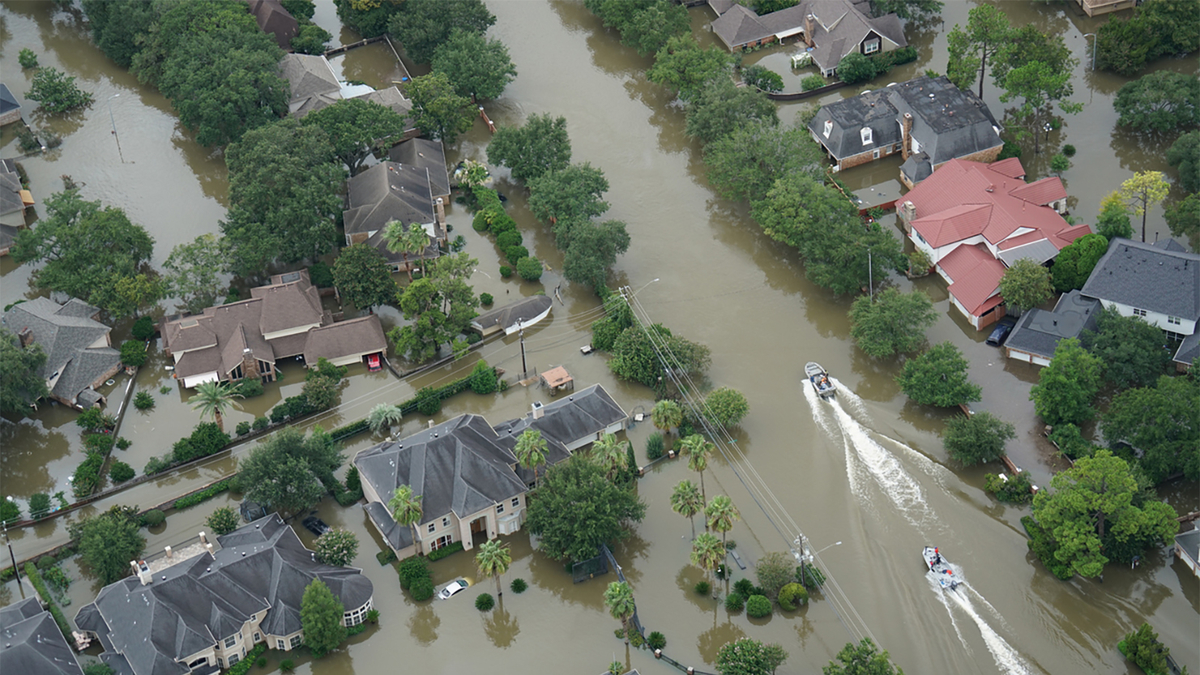MIT Report Spotlights Need to Reform Policies on Factory-Built Housing

According to a new study from the MIT Humanitarian Supply Chain Lab, factory-built houses — i.e., modular, panelized or pre-assembled homes — could help increase affordable housing stock and significantly aid in disaster response and recovery. However, factory-built homes comprise only 3% of single-family homes in the United States. What can be done to better utilize these types of homes?
The report, “Disaster Housing Construction Challenges in America,” explores recommendations for emergency managers, state housing agencies, policymakers, community leaders, home builders and manufacturers of factory-built houses and components on process improvement, decision support and direction setting to help address housing affordability and post-disaster response. These recommendations are intended to better address the challenges faced by disaster housing, leverage the potential of factory-built housing at scale, approach the nation’s affordable housing challenges from a new direction, and produce better disaster recovery outcomes for all Americans.
“Despite the problems America faces with affordable housing and disaster housing, we lack a strategy that brings temporary-to-permanent housing into our collective toolkit,” Michael Windle, researcher at the Humanitarian Supply Chain Lab and author of the report, stated in a press release. “Improved construction technology alone cannot solve these issues, but factory-built housing should be part of the solution.”
Points of note from the report and its recommendations include:
- Developing more uniform code adoption across states and communities could help speed recovery.
- Acknowledgement that zoning ordinances, architectural ordinances and permitting requirements create challenges to housing recovery after disasters. The report recommends FEMA and states track the impact of such ordinances and requirements and use that information to drive long-term improvements.
- Recognition that FEMA’s temporary housing assistance only lasts 18 months, whereas funding for restoring permanent housing can take several years.
- Description of “Building Back Better” as bringing existing buildings up to, but not exceeding, modern construction standards and codes.
- Acknowledgement of workforce challenges and the smaller market share for factory-built housing, with recommendation for further study and development of strategies to address both.
As part of its research process, the MIT project team hosted a roundtable in Washington, D.C., in June 2018 with representatives of federal and state agencies and participants from the private sector including NAHB staff and members of the Builder Systems Councils’ (BSC) modular and panelized subcouncils to discuss topics related to factory-built construction, including codes, capacity of the industry to ramp up supply post disaster, and what the land development process entails. MIT solicited additional information at the 2018 NAHB Building Systems Housing Summit through a presentation and Q&A session with attendees.
“Being approached by a prestigious university like MIT goes to show that NAHB and the Building Systems Councils are considered thought leaders in the offsite construction industry,” stated Ken Semler, 2019 BSC chair. “Also, the study further showcases systems-built homes as a solution for a wide variety issues facing the housing industry, including speed of construction in post-disaster areas.”
A recent Forbes article highlighted the report as well, along with information presented at the 2019 Building Systems Housing Summit by Ed Hudson of Home Innovation Research Labs, in correlation with the increased frequency of natural disasters in California. The author of the article, John McManus of Hanley Wood, will be speaking in the Building Systems Councils Lounge at the International Builders’ Show in Las Vegas on Tuesday, Jan. 21, with representatives from Woodside Homes and Sekisui House.
*Note: All articles are redistributed from NAHBnow.com*

